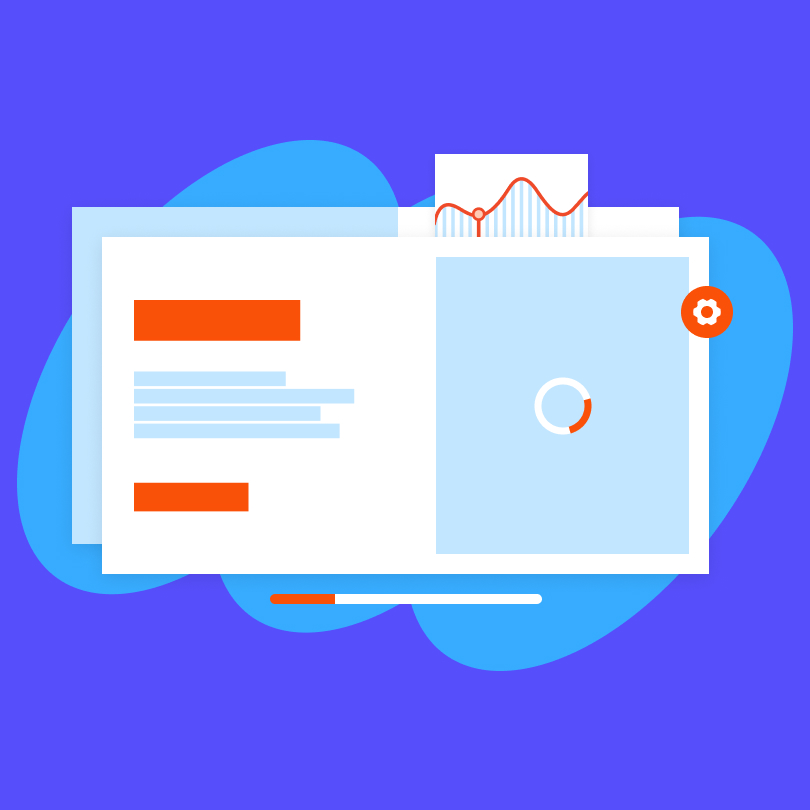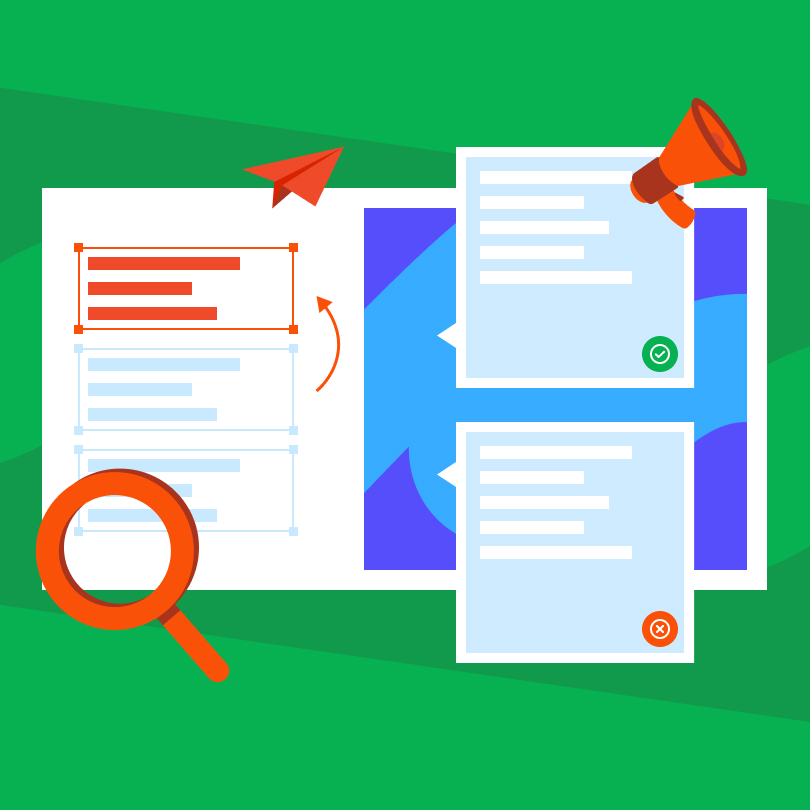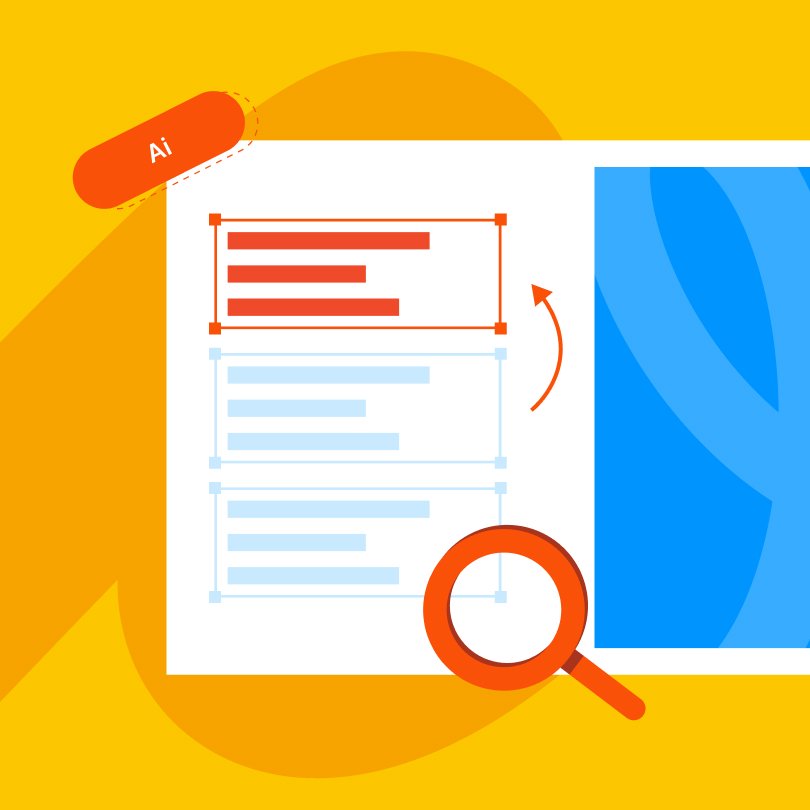Stop losing precious traffic with these easy steps, such as image optimization, plugin cleanups, and performing regular checkups. Why Is my WordPress website slow? This is a question that should be addressed as soon as possible, as fast loading speeds are one of the main building blocks of a successful digital strategy.
So, when it comes to running a thriving website online, loading times are among the most important things you need to keep track of. No matter what platform you’ve used to create your website or app, if it takes ages (more precisely, a few seconds) to load, then you will be bound to have several issues in the long run.
Increased bounce rates, decreased organic and paid traffic, poor user experience, and several other problems may arise from running a slow website, which will all translate into two things: negatively affected rankings and, ultimately, tangible bottom-line decreases.
That said, if you want to find the answer to the burning question: “Why is my WordPress site loading so slow?” this article is here to address your problems and to help you keep your potential leads and site visitors happy.
Why Is My WordPress Site So Slow: Telltale Sings of a Slow Site
Let’s face it: the digital sphere is overwhelming, and it’s easy for things to slip through the cracks. Site owners sometimes aren’t even aware of the fact that their WordPress site is experiencing load-speed issues until the problem causes them to lose site visitors. If that’s the case, using Google’s Page Speed Insights to analyze your platform’s speed performance is a good start. Simply put, Google considers optimal loading time everything under two seconds. In the case of eCommerce sites, two seconds is okay, but for the best results, it should be under half a second.
Why do you need such a fast website? Well, a lot has to do with science and evidential data. First, Experts agree that if a site takes more than four seconds to load, visitors will most likely abandon it. Second, the average attention span of a human is now only seven seconds, compared to the 12 seconds that was the average at the turn of the century.
What does this mean? In simple terms, you need to buckle up and get top WordPress development services & maintenance, as a delay of a single second can lead to a 16% customer satisfaction decrease, 11% fewer page views, and even a 7% decrease in conversions according to an Aberdeen Group report.
Gone in Seconds: How to Identify Why My WordPress Site is So Slow
By now, it’s probably clear that slow page speeds are a significant SEO problem and one of the main things to address before getting started with any primary SEO strategy. Also, several things may cause your site to underperform in this regard, and below, we’ll address the most common reasons why your WordPress site is loading slowly.
1. Bad Hosting
Good hosting is one of the cornerstones of improving loading time. WordPress is a terrific platform for a business website, but things can get pretty ugly without reliable (read: with cheap) hosting. Cheap hosting services will often mean that your site shares a server with other sites. This often leads to too much traffic that will slow down the performance of all sites.
Opting for a premium hosting package will ensure optimized server performance. It will probably feature additional perks such as automated updates, backups, and security features that will keep your website running flawlessly.
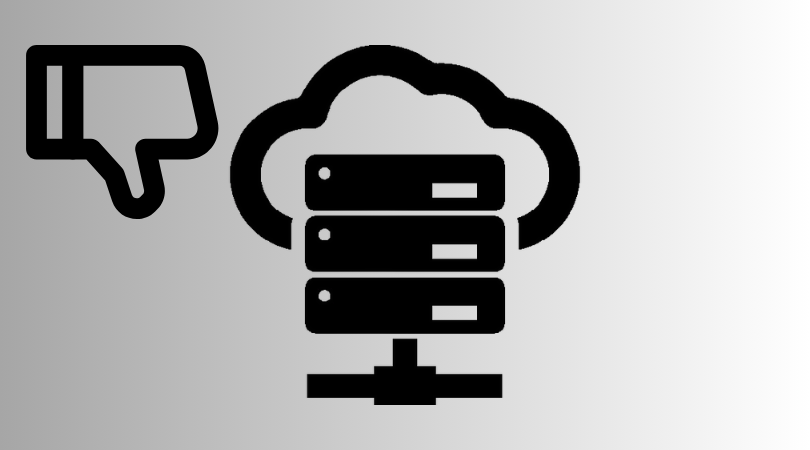
2. Large Images
Visuals are excellent if you want to boost user experience, but they should be optimized before you upload them. To be more precise, unoptimized and overly massive images will hurt your page-loading speed greatly. The width of the average mobile screen is around 700px, while most desktop screens are no wider than 1920px. Publishing larger images than these will mostly be unnecessary. That said, there are optimal image sizes for WP sites that you can check out to keep loading speeds as optimal as possible. First off, replace all images using CSS with versions of the same images adjusted to the correct dimensions. Once all images have been replaced and integrated with their appropriate sizes, proceed to compress all of them:
- You can use dedicated WordPress plugins such as ShortPixel or Smush to compress the pics.
- Or you can use manual tools like TinyPNG by downloading, attaching, and compressing the images. Once that’s done, upload the optimized images where they were previously.
![]()
3. Plugin Problems
Having outdated plugins can also negatively affect your site’s overall performance. Not updating them regularly can lead to problems with speed. Besides that, you should also be careful about what plugins you want to install. You might opt for one of the latest plugins the platform supports, but it may be slow, so it’s imperative that you check out their reviews before installing them.
On the other hand, you also don’t want to use way too many plugins. Too many of them can bump up load times considerably. The best way to test out which affect loading speeds is to simply test them out by activating and deactivating each of them one by one. If you notice that after the deactivation of a certain plugin, the site becomes faster, you know that you might need to say farewell to said plugin.
On that note, while it’s not uncommon for some beginners to run more than 20 plugins on a WP site, experts say that 5 to 10 plugins are optimal. Still, in the end, the number of plugins isn’t much of an issue if it’s not causing problems with your loading speeds.

4. Going Overboard With Pop-Ups
Why is my WordPress site slow? If you’re still wondering this while different ads and pop-ups overpopulate your site, then that probably might be what causes the problem. While being a great source of income, they load on different areas of your page (header, body, sidebars, page bottom, etc.) and inevitably slow your site down. That said, aim to focus only on two or three ads, otherwise Google will perceive your site as slow and will probably bury it somewhere in the search results.
5. Massive Themes and Not Updating Them
Themes are the file collection that defines your site’s graphical structure and interface. Heavy themes are full of features but can compromise loading speed and user-friendliness. What does that mean? Basically, heavy themes feature numerous layouts and options that you probably won’t be using, but they will do one thing: slow down your site.
Addressing this kind of problem requires you to examine the structure of your site a bit closer. Ask yourself, do you really need all of these features and layouts? Be thorough and try to weed out what needs to go and what can stay. Minimize the number of elements and features on every page to improve loading speeds.
Another problem would be not updating the WP template, the plugins, the PHP version of the site, and the theme. Failing to update your site’s every aspect to the latest version doesn’t only pose the risk of losing website speed, but it can also leave you vulnerable to cyber attacks.
So, how do you make your WordPress website faster? Consider the following:
- Update your plugins: Every update’s aim is to fix bugs and improve the plugin’s features.
- Update WP and PHP site versions: Using an outdated PHP version can cause your site to slow down and an update can fix these pain points if that’s the culprit. On the other hand, updating the site’s WP version allows you to stay protected from unwanted malware and other attacks.
- Updating the template: These updates can fix most errors, some of them negatively affecting functionality, while others affecting other aspects, such as website speed.
Needless to say, before updating any of these, you should also make a backup.
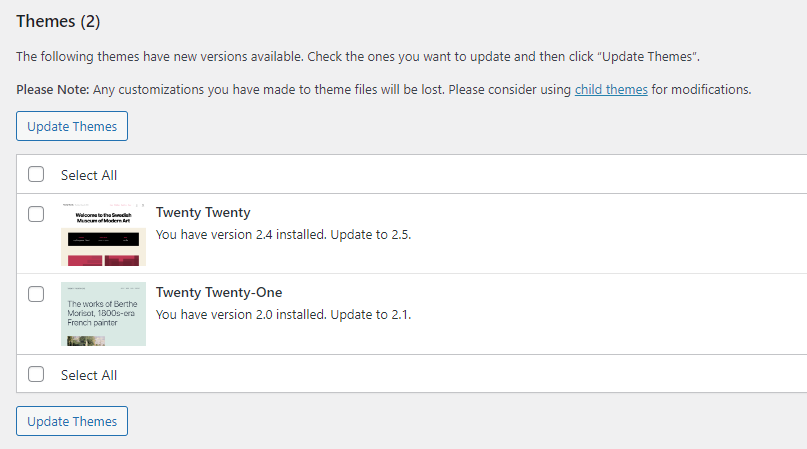
6. Unused JavaScript and CSS Code
Unused JavaScript and CSS code may also lead to decreased loading speeds. These are essentially unnecessary lines of code in the theme or the plugins that your site doesn’t use.
You can detect these code lines with the same Google PageSpeed Insights we’ve talked about above. Then, you can take two different routes when removing them:
- Removal with plugins: There are specific plugins that can scan for such lines of code and remove them for you.
- Manual removal: You may also perform a manual check and remove the problematic files, but make sure to back up the files you’re about to change just in case.
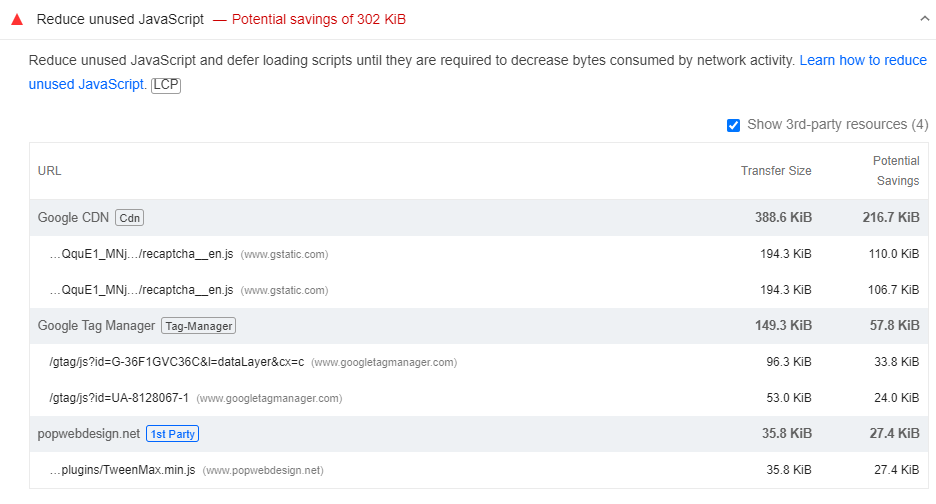
Why Is My WordPress Site Slow? Fixing Bugs, One At a Time
The best way to approach speed problems is by starting with the most obvious issues and resolving them one by one. Sometimes, the problems stem from the server, at others, you might have too many unoptimized images or plugins.
All in all, improving site loading speed isn’t wizardry or rocket science. On the other hand, it’s the bare minimum of having a solid digital presence, and the first step in boosting your traffic and online revenue.
Simply put, your visitors won’t wait for your site to load, so you shouldn’t wait to speed it up either.
